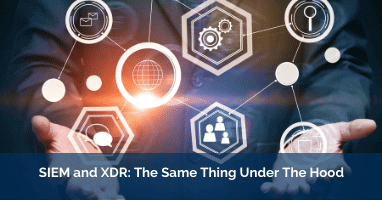Three Reasons Why CCPA Compliance May Require SIEM
CCPA, the recent legal privacy innovation in the US, has introduced a lot of requirements for online businesses. We have previously covered the principle of accountability in both CCPA and GDPR, and how an audit log of all data-related activities as well as handling user rights’ requests is important for CCPA compliance. But we sometimes get the question “Is your SIEM going to help us with CCPA compliance?” or even “Is SIEM required for CCPA compliance?”.





